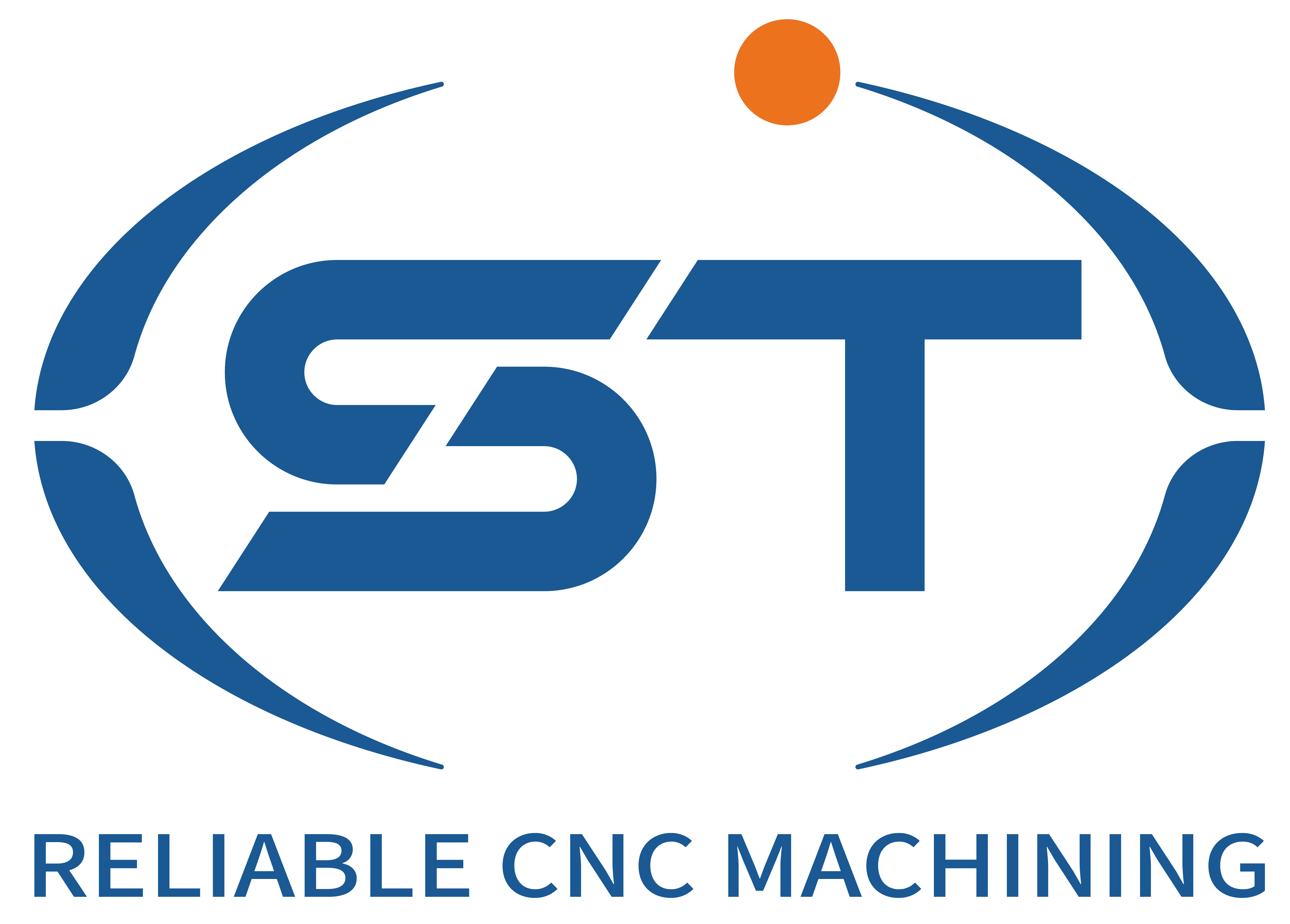The CNC machining of automotive interior parts involves multiple key links. To ensure the quality of the parts, production efficiency and subsequent assembly effects, the following points need to be paid special attention to:
Preparation before processing
Design document review: Carefully examine the design drawings and 3D models of interior parts to ensure clear and accurate dimensional annotations and reasonable tolerance requirements. For instance, for the armrest parts of car seats, the tolerance ranges for dimensions such as length, width and curvature need to be clearly defined to avoid processing errors caused by design document issues. Meanwhile, attention should be paid to the curved surface features and detailed structures of the parts to evaluate the feasibility of numerical control processing.
Material selection and preparation: Select appropriate materials based on the functional and appearance requirements of interior parts. For instance, the dashboard may need to be made of plastic with good heat resistance and anti-aging properties, while the door interior panels may require materials with a certain degree of flexibility. Before processing, quality inspection of the materials should be carried out to ensure that they meet the processing requirements. In addition, the materials need to be pre-treated according to their properties and processing techniques, such as drying and preheating.
Tool and fixture preparation: Select appropriate tools based on the material, shape and processing accuracy requirements of the part. For instance, when processing plastic interior parts, sharp hard alloy tools can be selected to reduce cutting force and heat generation and prevent material deformation. At the same time, appropriate fixtures should be prepared to ensure that the parts can be firmly fixed during the processing, preventing vibration and displacement. The design of the fixture should take into account the convenience of clamping the parts and the stability during the processing.
Processing process control
Cutting parameter setting: Reasonable setting of cutting parameters is the key to ensuring processing quality and efficiency. Parameters such as cutting speed, feed rate and depth of cut need to be adjusted according to the material properties, tool type and machine tool performance. For instance, for harder materials, the cutting speed and feed rate should be appropriately reduced to extend the tool life and ensure the quality of the machined surface. During the processing, the cutting parameters should be adjusted in a timely manner according to the actual situation to avoid problems such as poor surface roughness of the parts, excessive dimensional deviation or tool damage caused by improper parameters.
Processing sequence arrangement: Follow the principles of rough processing first and then fine processing, surface processing first and then holes, etc. to arrange the processing sequence. During rough machining, most of the allowance is removed to leave an appropriate allowance for finish machining. First, process the plane, then the holes and other features to ensure the processing accuracy and verticality of the holes. For instance, when processing the frame parts of a car’s center console, rough milling of the shape is carried out first, followed by fine milling and drilling and other procedures. At the same time, it is necessary to avoid interference between the tool and the part and arrange the tool path reasonably.
Real-time monitoring and adjustment: During the processing, it is necessary to monitor the operating status of the machine tool and the processing situation of the parts in real time. By observing the wear of the cutting tool, the shape and color of the chips, etc., one can determine whether the processing procedure is normal. If any abnormal conditions are found, such as severe tool wear or a sudden increase in cutting force, the machine should be stopped immediately for inspection, and the cutting parameters should be adjusted or the tool replaced. In addition, the online detection function of the machine tool can also be utilized to conduct real-time detection of the key dimensions of the parts, ensuring the processing accuracy.
Precision and quality control
Dimensional accuracy control: Use high-precision measuring tools, such as three-coordinate measuring machines, calipers, micrometers, etc., to conduct dimensional inspection on the processed parts. For key dimensions, multiple measurements should be made and the average value taken to improve the measurement accuracy. If dimensional deviation is found, the cause should be analyzed in a timely manner and corresponding measures should be taken to make adjustments, such as reprocessing or repairing.
Surface quality requirements: The surface quality of automotive interior parts directly affects their appearance and feel. During the processing, the surface roughness should be well controlled to avoid defects such as scratches and burrs. For some parts with high requirements for appearance, such as decorative strips in car interiors, surface treatment processes like polishing and spraying may also be necessary to enhance their surface gloss and aesthetic appeal.
Form and position tolerance guarantee: In addition to dimensional accuracy and surface quality, form and position tolerance is also an important indicator in the processing of automotive interior parts. The shape and position tolerances such as parallelism, perpendicularity and coaxiality need to be strictly controlled to ensure the assembly accuracy of the parts with other components. During the processing, it is necessary to ensure the shape and position tolerance requirements of the parts through reasonable process arrangement and fixture design.
Safety and Environmental Protection
Safety operation specifications: Operators must strictly abide by the safety operation procedures of CNC machine tools and wear personal protective equipment such as safety helmets, goggles, and gloves. During the operation of the machine tool, it is strictly forbidden to touch the cutting tools and workpieces to avoid safety accidents. At the same time, regular safety inspections and maintenance of the machine tools should be carried out to ensure that the safety protection devices of the machine tools are in good condition and effective.
Implementation of environmental protection measures: During the CNC machining process of automotive interior parts, pollutants such as chips, dust and waste liquid are produced. Effective environmental protection measures should be taken, such as installing dust collection devices, collecting chips and waste liquids, etc., to reduce pollution to the environment. For recyclable chips and waste liquids, they should be classified, collected and treated to achieve the recycling of resources.
Subsequent processing and assembly
Deburring and cleaning: After processing is completed, deburring treatment should be carried out on the parts to remove burrs from the edges and openings of the parts to prevent scratching other parts or affecting the assembly quality during assembly. At the same time, the parts should be cleaned to remove oil stains, dust and other impurities on the surface to ensure their cleanliness.
Assembly compatibility check: Before assembling the interior parts onto the vehicle, an assembly compatibility check should be conducted. Check whether the fit dimensions, clearances and installation positions of the parts and other components comply with the design requirements. If any problems are found, adjustments or rework should be made promptly to ensure that the interior parts can be assembled smoothly and meet the overall performance requirements of the vehicle.




